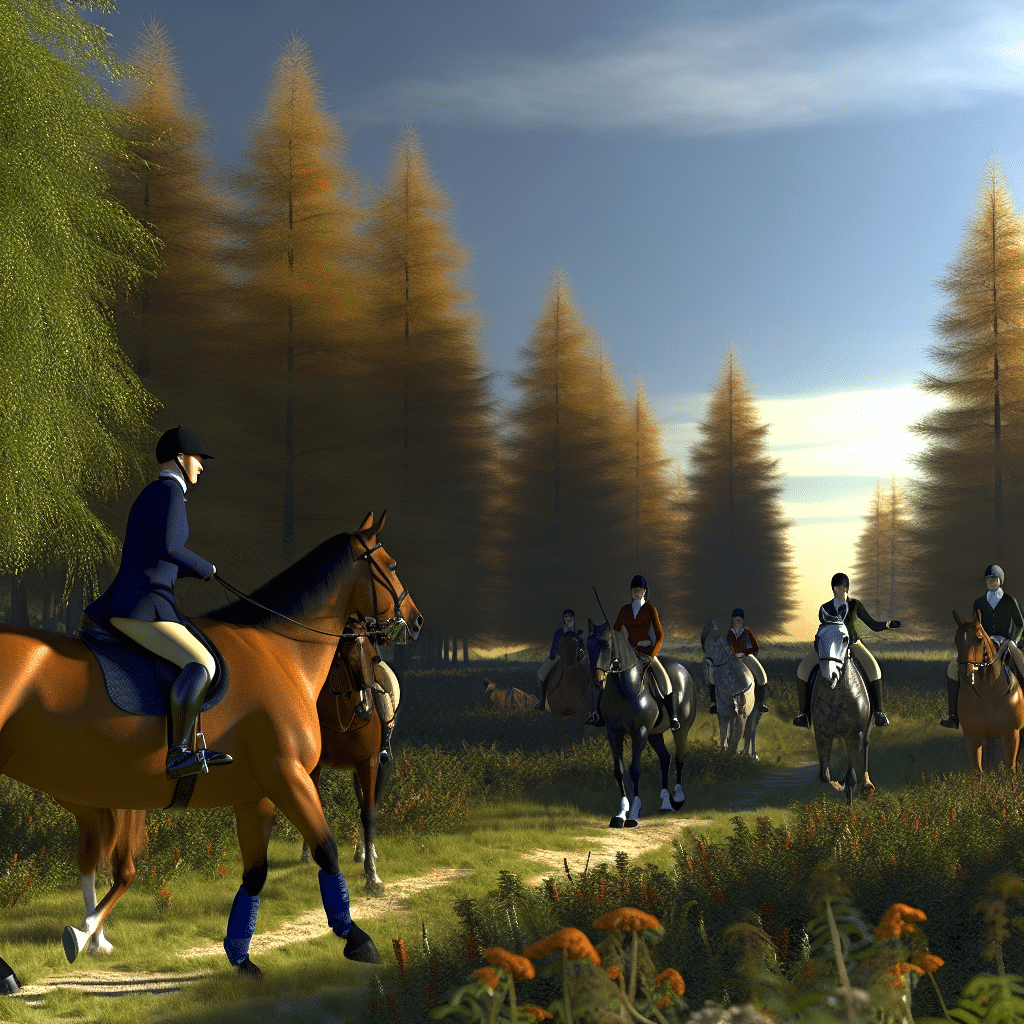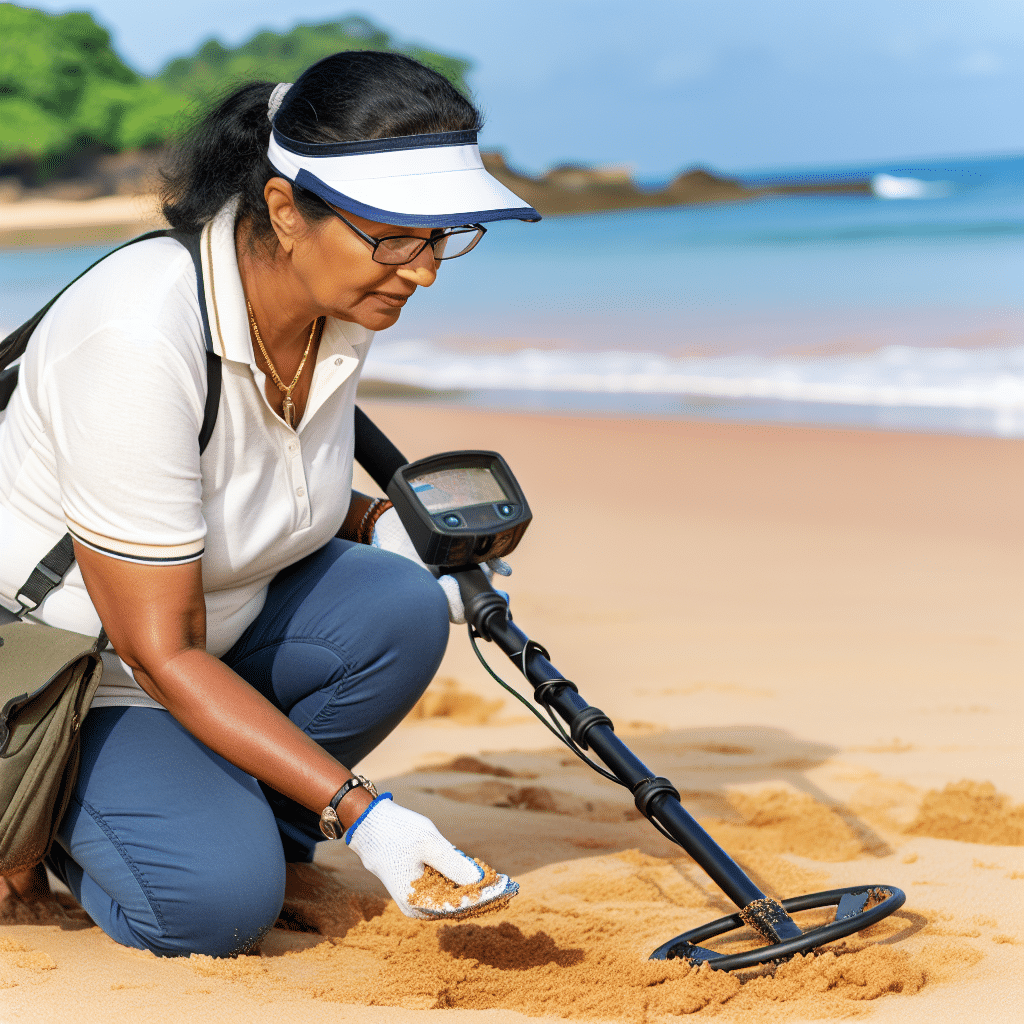Horseback riding, often referred to as equestrianism, is more than just a sport or a hobby; it’s a passionate pursuit that connects humans with one of nature’s most majestic creatures—the horse. From ancient times to modern days, horseback riding has evolved, offering a wide array of experiences from competitive sports to serene nature trails.
What is Horseback Riding?
In its simplest form, horseback riding involves sitting astride a horse and guiding it to move in various directions through the use of reins, leg pressure, and body weight. However, the essence of horseback riding goes far beyond mere mechanics. It entails understanding and communicating with the horse, fostering a bond built on trust and mutual respect.
A Historical Perspective
Horseback riding has been part of human culture for thousands of years. Initially, horses were domesticated for transport, agriculture, and warfare. The skill of riding a horse evolved over centuries, becoming a vital part of many societies. Today, horseback riding retains its historical significance while also adapting to contemporary interests, ranging from leisure activities to professional sports.
Types of Horseback Riding
The world of horseback riding is incredibly diverse, comprising several disciplines that cater to different interests and skill levels.
English Riding
English riding is characterized by its formal style and is often associated with competitive sports like dressage, show jumping, and eventing. Riders typically use a smaller, lighter saddle and ride with a specific posture intended for control and precision.
Western Riding
Western riding, originating from the American Old West, is known for its relaxed style. It includes activities such as barrel racing, reining, and rodeo events. The saddle used in Western riding is larger and designed to provide comfort during long hours of riding.
Trail Riding
For those who seek a peaceful connection with nature, trail riding is an excellent option. This form of horseback riding involves riding through scenic landscapes and is ideal for both beginners and seasoned riders.
Why Try Horseback Riding?
Horseback riding offers a plethora of benefits, making it an attractive activity for people of all ages.
Physical Benefits
Riding a horse enhances core strength, balance, and coordination. It can be an excellent workout, engaging various muscle groups and providing cardiovascular exercise.
Mental and Emotional Benefits
The act of riding can be incredibly therapeutic. It helps reduce stress and anxiety, offering a unique form of mental relaxation. The sense of accomplishment from mastering riding skills and the emotional bond formed with the horse can significantly boost self-esteem and mental well-being.
Connection with Nature
Horseback riding often takes place in natural settings, providing a unique opportunity to disconnect from the hustle and bustle of daily life. Whether riding through forests, along beaches, or across open fields, the experience enhances one’s appreciation for the natural world.
Getting Started with Horseback Riding
For those interested in trying horseback riding, it’s essential to start with proper instruction. Many stables offer lessons for beginners, focusing on safety and basic riding techniques. It’s crucial to wear appropriate gear, including a helmet and boots with a heel, to ensure safety and comfort.
Finding the Right Horse
Choosing the right horse is also important. While some horses are better suited for advanced riders, there are many gentle, well-trained horses perfect for beginners. Building a connection with the horse is key to a rewarding riding experience.
Conclusion
What is horseback riding? It is an exploration of the timeless bond between humans and horses, an activity that blends physical exertion with mental tranquility, and a gateway to nature’s beauty. Whether you aspire to compete in equestrian sports or simply enjoy a leisurely trail ride, horseback riding offers an enriching experience that is truly unparalleled.




